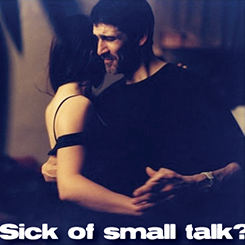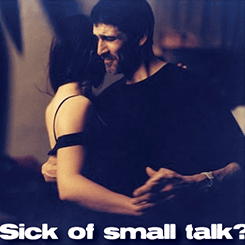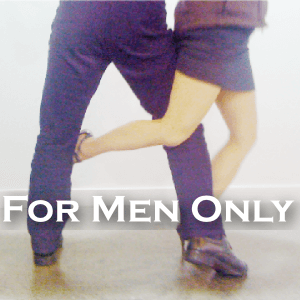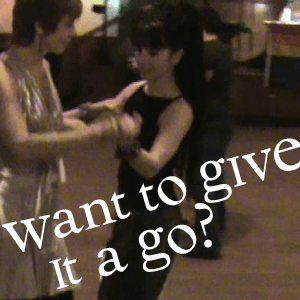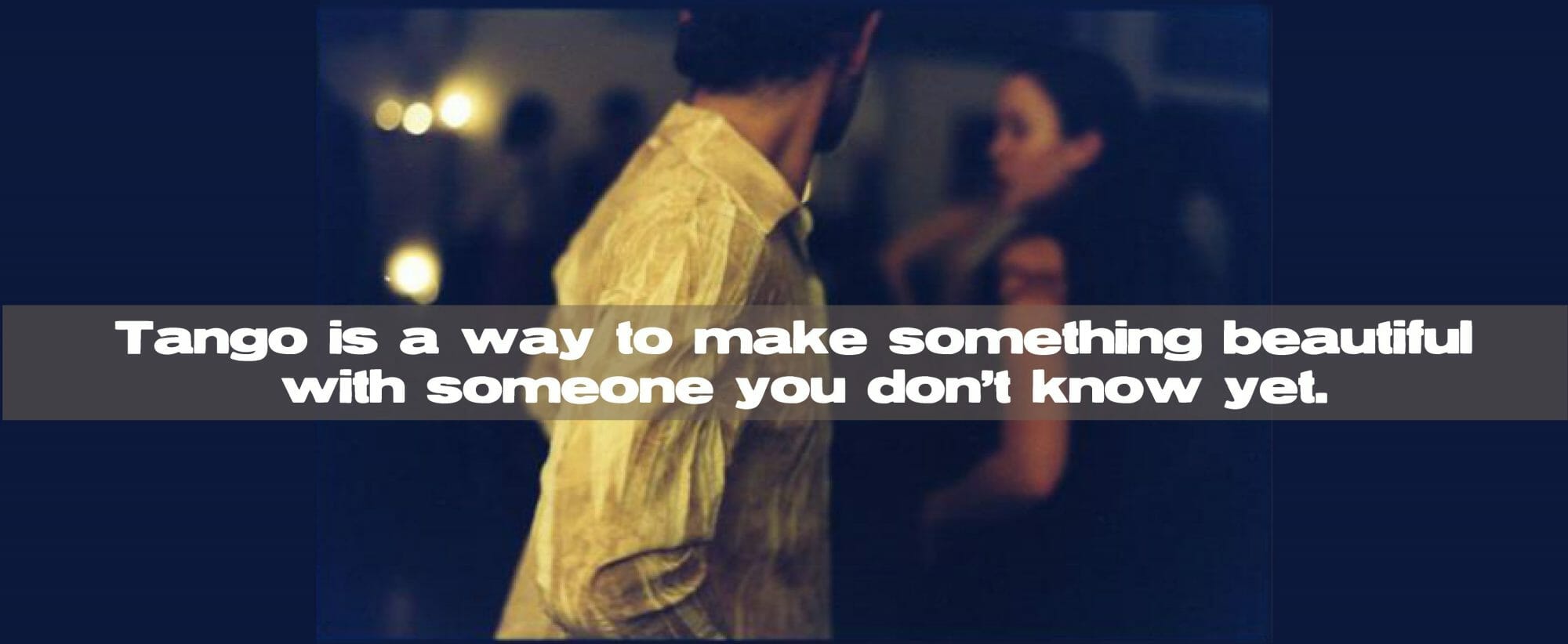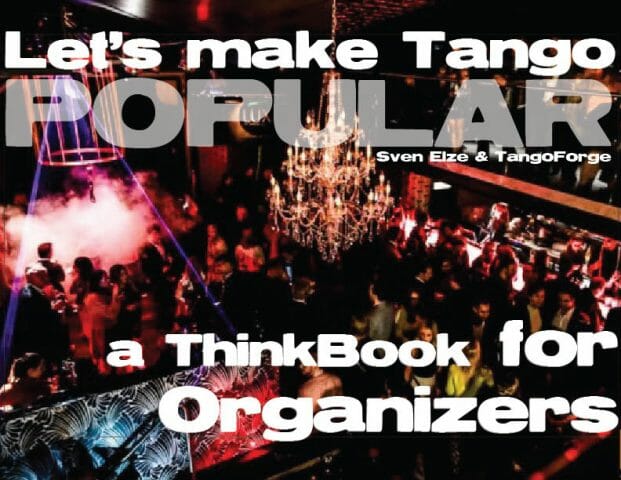David Johnson and I have been scheming to get tango out of the clichés. To show that it’s athletic…that its romance will take you by surprise…that it’s drop-dead sexy in whatever shoes you are already wearing… and that you can dance tango to the music you already love. We made this Argentine Tango video as part of Quro Health Studios‘ new Tango program, the third part of their triad: pilates for strength, yoga for flexibility, and tango for control and connection.
Shed the polka music, the fishnet stockings, the fedora and red dress, even the high heels. Tango is actually not about any of that. If you ask dancers what it’s about, they say “connection”.
What this means is hard to imagine if you haven’t experienced it yet – but that’s the case with descriptions of most things you haven’t experienced, isn’t it?
Tango is a new way to experience yourself, and other people. Connection is a physical experience of being one creature with another person. You are forced into “Flow” in a way that displaces all distractions and stress. You work with your mind, body, heart, and other parts all at once so you feel unusually whole and fully present. And you experience the thrill of total mutual concentration with another person. You are not alone, you are in it together, you understand something in the same way, and you are committed to collaboration.
It’s sort of like being inside a poem together, trying to figure it out together, and then sharing intense moments of recognition and beauty.
It’s a way to make something beautiful with someone you haven’t met yet.
You experience all this with some friends who you meet often, and also with strangers, with whom you can “connect” without any small talk. With some people you’ll experience sensuality, with others exhilarating athleticism. Each connection is different. You’ll dance in different kinds of spaces, which bring out different moods in you and the other dancers. And you’ll dance to different kinds of music, which link to different emotions and sentiments. As a tango dancer you’ll have the chance to meet local people and have nice experiences wherever you travel in the world.
Some things to know about tango:
- It’s not necessary to have a regular partner.
- It’s not necessary to wear high heels or dress up.
- It’s not necessary to have a good “sense for rhythm”. Tango is open to each dancer’s own musical interpretation and you are allowed to dance very, very slowly.
- It’s not necessary to be young, skinny, in good shape, and beautiful. It’s not usually portrayed in advertising, but the reality is that more than half of the people dancing tango globally are over 50 and do not have any prior dance experience or fitness regime. Tango appeals to professionals and intellectuals who feel the need for something social and physically expressive, and to people from many different backgrounds who just do not like small talk.
- Tango is a safe environment in which the context of connection is highly structured: nonconsensual touch is forbidden, and people part respectfully and sweetly after about 15 minutes of dancing.
- Tango is an excellent clean and sober activity which requires so much concentration you might not even notice that alcohol is often for sale at tango events. Most dancers feel tango is better without alcohol, and drink very little if any.
- There is a Rainbow Queer Tango Scene in most major cities in which the heteronormative tango roles and images are completely ignored.
But tango is not for everyone. It’s not a dance that you can just show up and do occasionally, “for fun”. It’s a serious hobby, more like rock climbing than like salsa. At first it’s very hard, then it becomes interesting and exciting. It takes some patience and commitment before you can start to appreciate where that hard work is going. People who do have an athletic or dance background are usually surprised at how challenging tango is. Tango uses a fascinating mix of relaxation and strength, which even professional ballerinas and contemporary dancers find challenging. Experienced ballroom dancers need to adjust to tango’s naturalistic aesthetic. MuscleMen and Crossfit types have to learn to use their muscles very subtly, which is a whole new kind of control.
You might be surprised at who learns tango fastest:
- Geeks (engineers and programmers) who are very analytic, and do not have a lot of athletic movement habits in their bodies.
- Yogis who have learned to work with a lot of physical paradoxes and who love and trust their bodies.
- Martial artists who realize that our physical power comes from legs and earth.
- Pilates practitioners who appreciate fine control of muscles.
You can get started at home, so that you feel more confident when you go to your first class, by taking our Private Practice Course.

